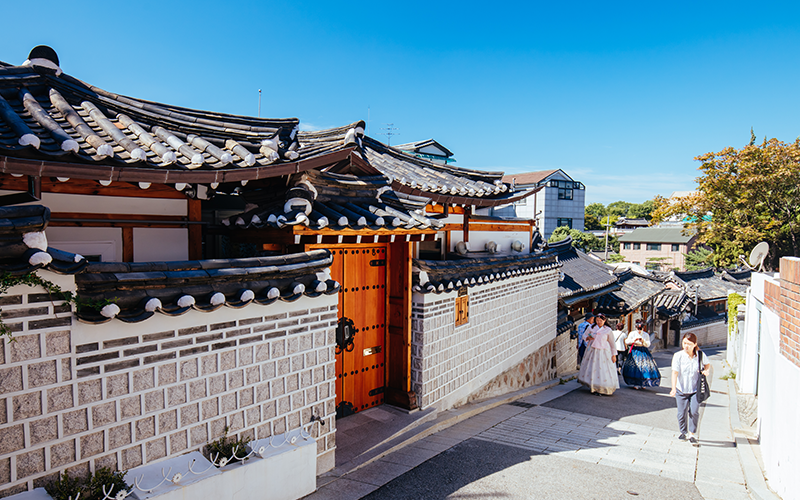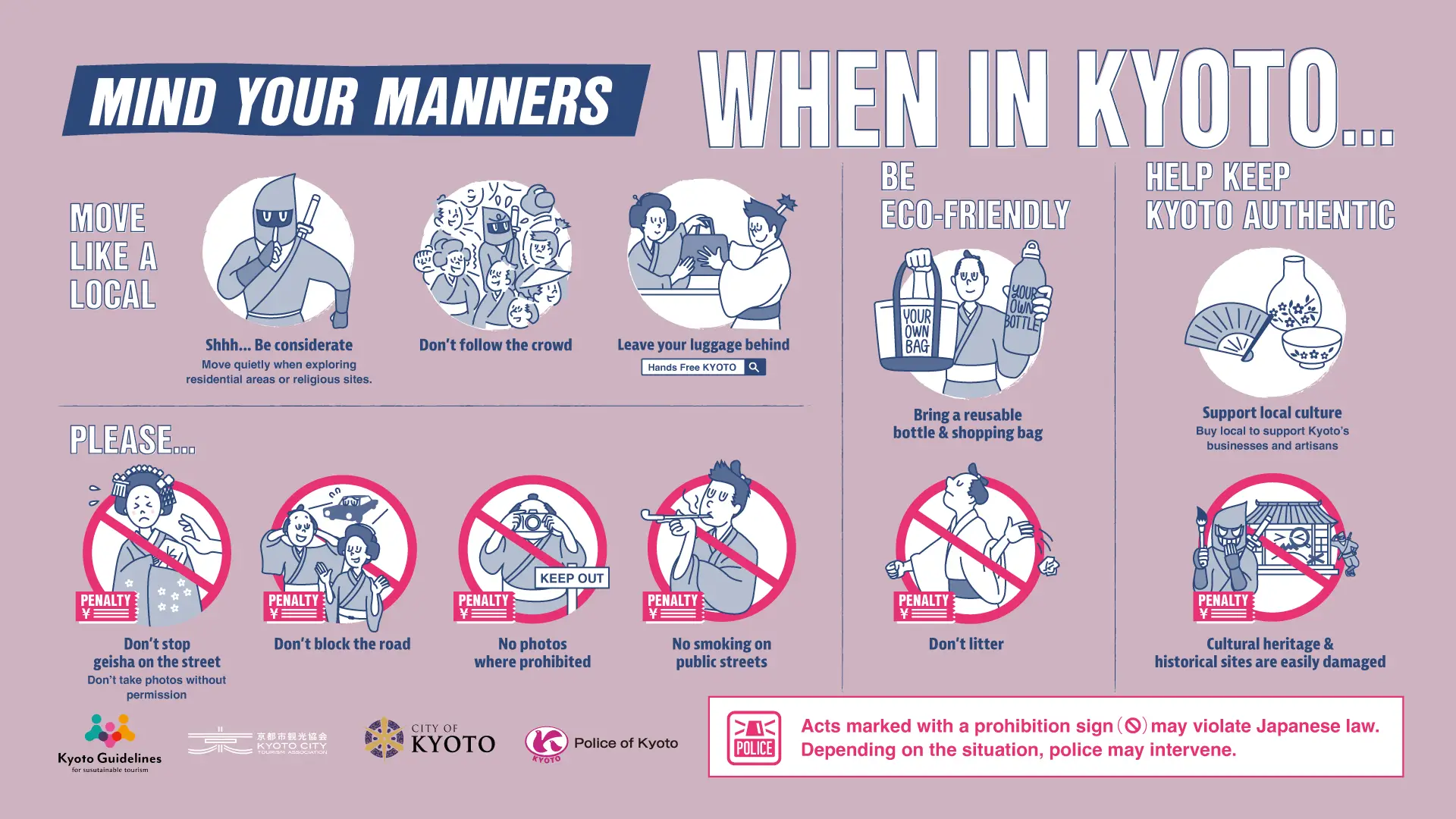Tourism has long been celebrated as a force for good — a generator of jobs, a driver of local economies, and a bridge between cultures. Yet in many of the world’s most popular cities, its sheer scale is beginning to tip the balance. Streets become overcrowded, public infrastructure stretches beyond capacity, heritage sites suffer damage, and locals find themselves priced out or displaced. This phenomenon, known as urban overtourism, is now particularly visible across Asia, where booming economies and a rising middle class have fuelled unprecedented travel growth.







